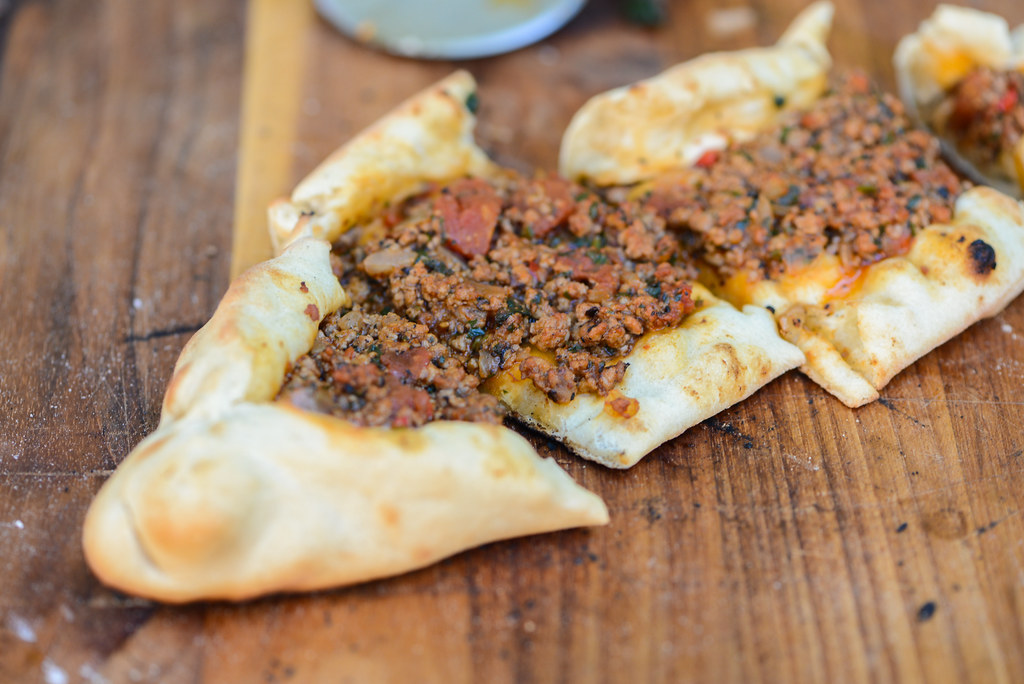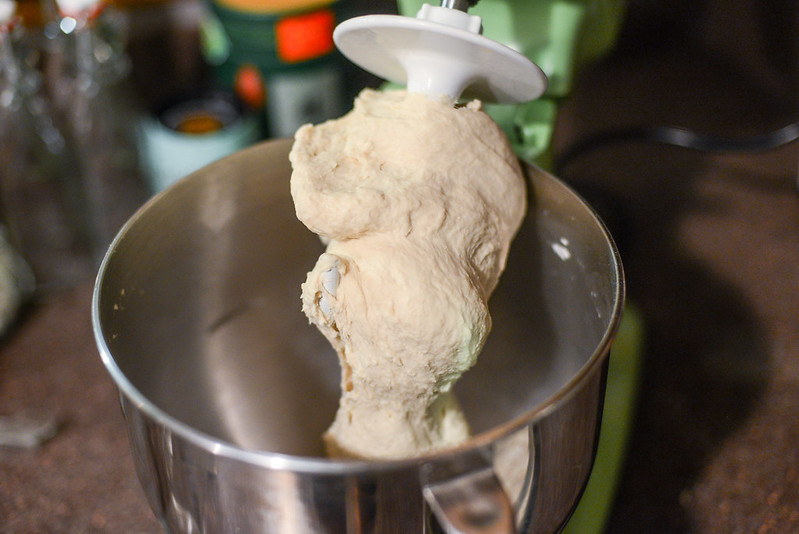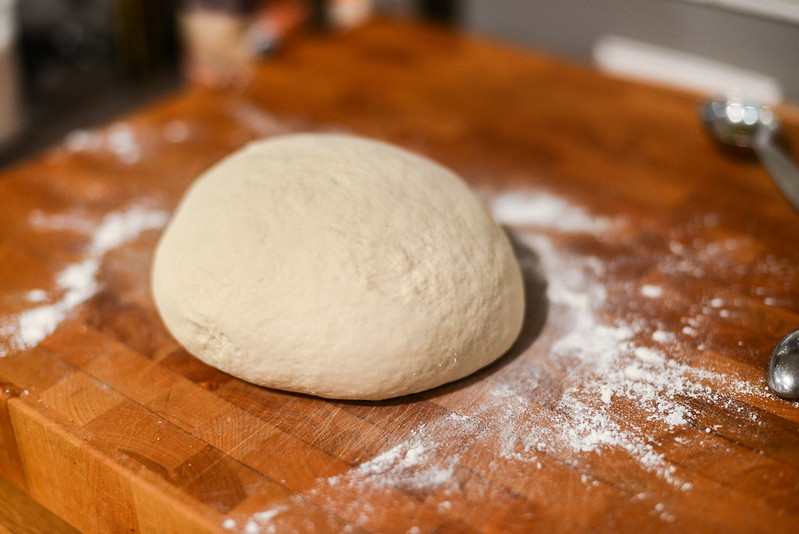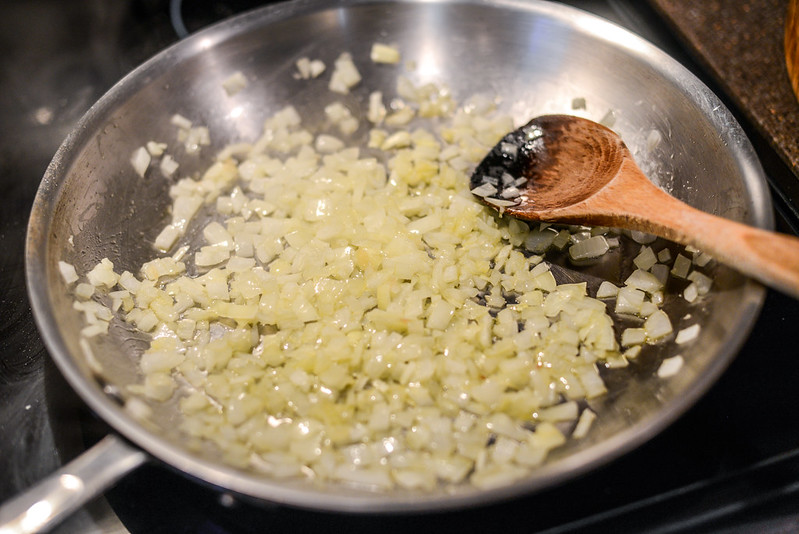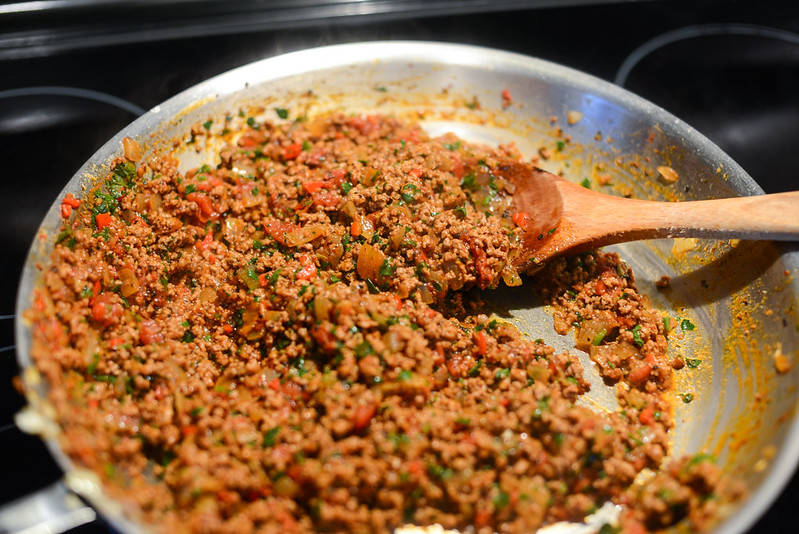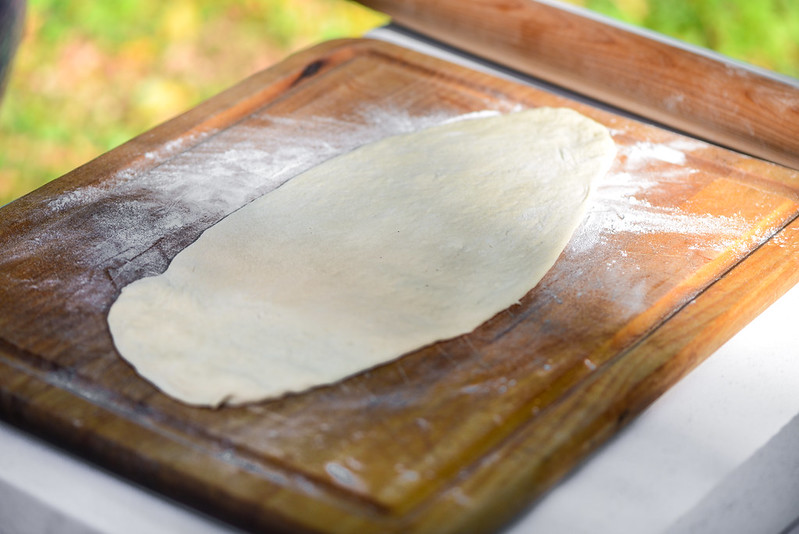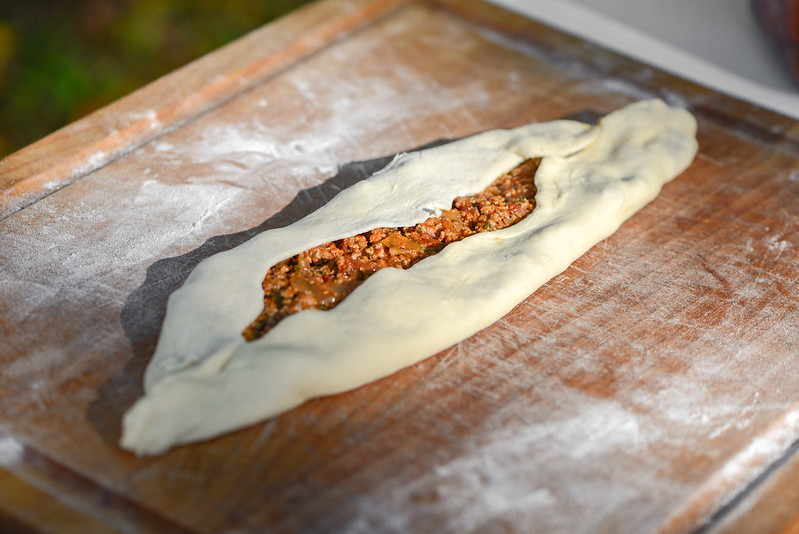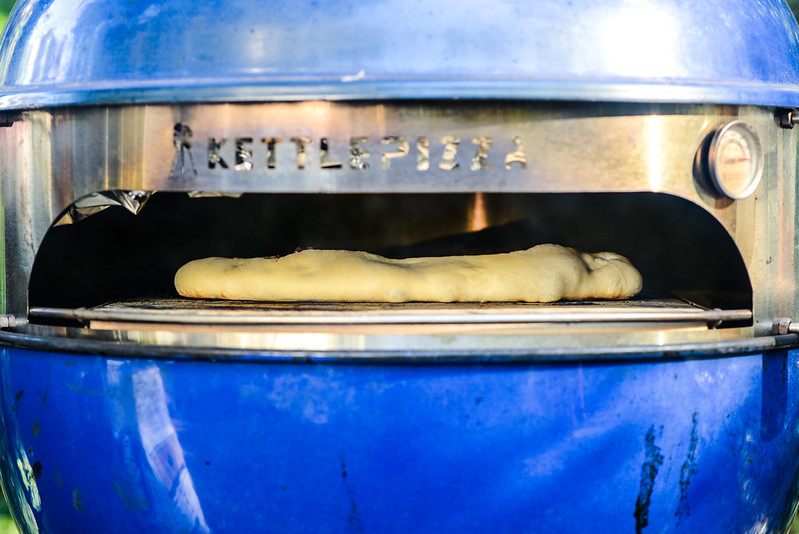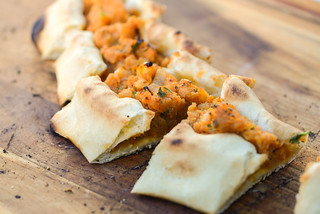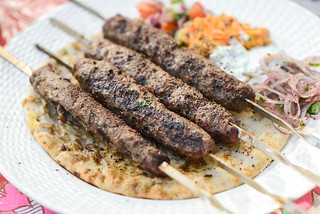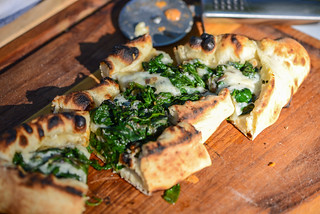Turkish Minced Lamb Pide
A few months before I left Astoria, a Turkish spot opened up right at the steps of the elevated Ditmars station I used daily, making it an easy destination that quickly became a regular for me. With the little amount of time I had to spend there, I was able to explore the vast majority of the menu that included various kebabs, shawarmas, manti, breads, and salads. One of the few items I hadn't experienced previously and instantly loved were the delicious pides—which are essentially like a pizza with a topping spread along an elongated football shape dough that's baked in a very hot oven. Of the variety of pides I was able to sample, I was most smitten with the minced lamb version and decided I wanted to try to make it at home since it's not something I can get quite as easily here in Durham.
I'll admit I'm not all that familiar with Turkish cooking, so this was a learning process for me and I'm sure my recipes won't be perfected until I actually go to Turkey and eat my way through the country—something I hope to do in the near future. I took my best guess at what would make a good pide dough, and I found it had a lot of similarities to a New York style pizza—thin crust with a little chew and a nice crusty exterior. So I used a New York pizza dough recipe as starting point, making some adjustment in quantities based on a little research from Turkish cookbooks and the internet.
I first kneaded the dough in my KitchenAid until it was elastic and cleared the sides of the bowl. I then formed it into a ball, placed it in a large container, and let it rise in the fridge for a couple days. This slow rise doesn't seem to be a requirement for pide dough, but I had a specific need to make it ahead of time and figured it couldn't hurt. Most recipes I found called for only rising the dough at room temperature until doubled in size—1 1/2 to 2 hours.
I figured the dough would be the easy part, the much harder and crucial piece of the puzzle was finding the right seasoning for the mildly spicy and earthy minced lamb mixture. To help with getting the right flavor, I procured two uniquely Turkish items—biber salcasi (hot red pepper paste) and fruity and smoky urfa pepper flakes.
With those two special ingredients in hand and everything else prepped, I went forward with building the filling by taste. I started by softening onions and then adding in ground lamb and cooking it until browned.
I then added the pepper paste, urfa flakes, tomato paste, cumin, and a chopped fresh fresno chile and cooked those until fragment. Next I stirred in diced tomatoes and let the mixture cook until thickened, tasting it here and these and adjusting the seasonings as needed. Finally I mixed in chopped fresh mint and parsley and gave the filling a final seasoning with salt and pepper. The resulting minced lamb mixture wasn't precisely what I've experienced in the past, but it definitely had stamps of a Turkish flavor profile and was incredibly delicious.
Now that I had the dough and filling, it was time to marry the two into a perfect union. Getting the right shape for pides was way easier than stretching out a round pizza. All I had to do was take a rolling pin to a quarter piece of the dough and roll it out up and down. This created the right oval shaped I wanted.
I then spread the lamb mixture across the dough, leaving a one-inch edge with no filling. I folded over those bare edges and pinched the ends shut to complete the pide formation.
There was no question that I was going to cook these pides in my blazing hot and amazing KettlePizza. In the extreme heat this device can output, it took only about three minutes to fully cook the pide. In my first few attempts (which the pictured pide was part of), I didn't roll the dough out quite thin enough, which resulted in a puffier pide than I was expecting, and this particular one opened up while baking too.
I was able to fix those errors with later pides, but of course I wasn't smart enough to photograph the more ideal results. Either way, the dough had the qualities I was looking for—a crust with a decent crunch and interior with just a little bit of chew and mellow flavor. Once in finished pide form, I found the lamb filling was more ideal than whenI was tasting it on its own.
The intensely flavored lamb was matched well with the heavy spices and tomato that gave the filling an earthy heat, fruity acidity, and contrasting hint of freshness thanks to the herbs. It was the full context with the dough that balanced out the strong flavor of the filling, making it taste complete and harmonious in the end. I was happy to be able to get a good facsimile of a minced lamb pide at home, and while I was at it, I did two more incarnations of pides, but those are stories for another day.
